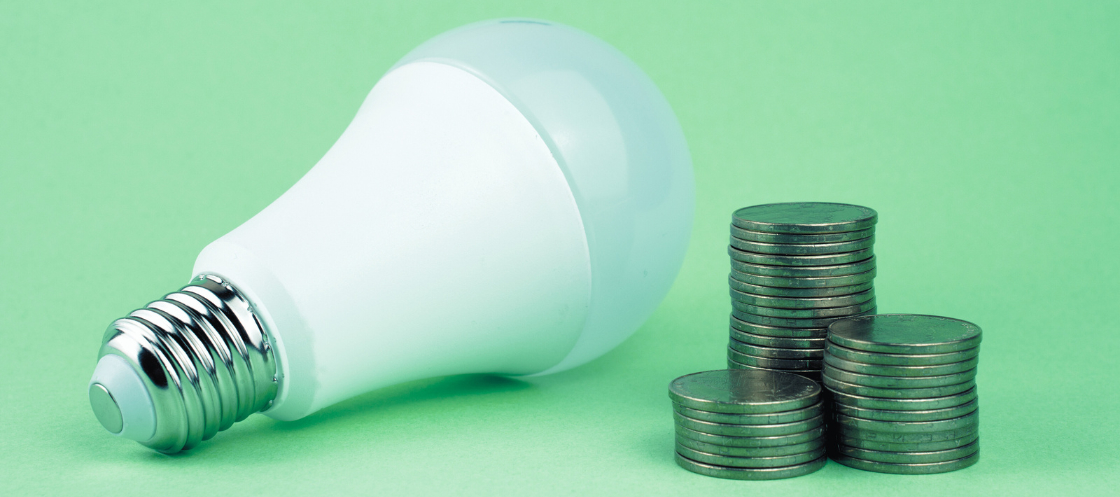Eight ways NSW could cut energy bills during the cost-of-living crisis, and beyond
A new IEEFA report offers a detailed look at how NSW can address rising energy costs through practical measures that not only provide immediate relief but also ensure long-term energy security and affordability.

The Institute for Energy Economics and Financial Analysis (IEEFA) examines issues related to energy markets, trends, and policies. The Institute’s mission is to accelerate the transition to a diverse, sustainable and profitable energy economy.
A recent briefing from IEEFA outlines several practical ways to lower energy bills in New South Wales. These measures could help ease cost-of-living pressures and provide long-term savings for households and businesses. Energy costs in NSW have been rising steadily, placing a heavy burden on consumers, but IEEFA suggests there are clear steps that can be taken to address this.
Jay Gordon, Energy Finance Analyst at IEEFA, explains: “This briefing note looks at some sensible steps that could help households and businesses by reducing the burden from energy costs. IEEFA’s research has shown how these options could deliver ongoing, long-term energy bill savings.”
The briefing suggests NSW could benefit from a transition to all-electric households by replacing gas appliances with efficient electric ones. It also points out the need for appliance upgrades to reduce electricity waste, particularly by phasing out inefficient models and adopting more efficient technologies such as heat pumps.
IEEFA also recommends making homes easier to heat and cool through energy efficiency improvements. This could include introducing minimum energy efficiency standards for rental properties and updating schemes like the Energy Savings Scheme to provide rebates for insulation and other thermal efficiency upgrades.
Another focus is on expanding the use of consumer energy resources, such as rooftop solar and battery storage, allowing households to generate and use their own power. Smarter technology can also play a role in reducing demand on electricity networks, which would help lower overall costs.
The report highlights the importance of avoiding the continued growth of gas infrastructure, which could become a financial liability as the state moves towards cleaner energy sources. IEEFA suggests that all new buildings should be equipped with all-electric systems to prevent future stranded assets.
Finally, the briefing discusses the need to plan for a gradual reduction in gas network usage, ensuring that the transition away from gas is fair and equitable for all consumers. Mr Gordon adds, “NSW sits ready to embark on a transition to efficient, all-electric homes, but state and federal policies are not yet set up to deliver the best outcomes for consumers.”













